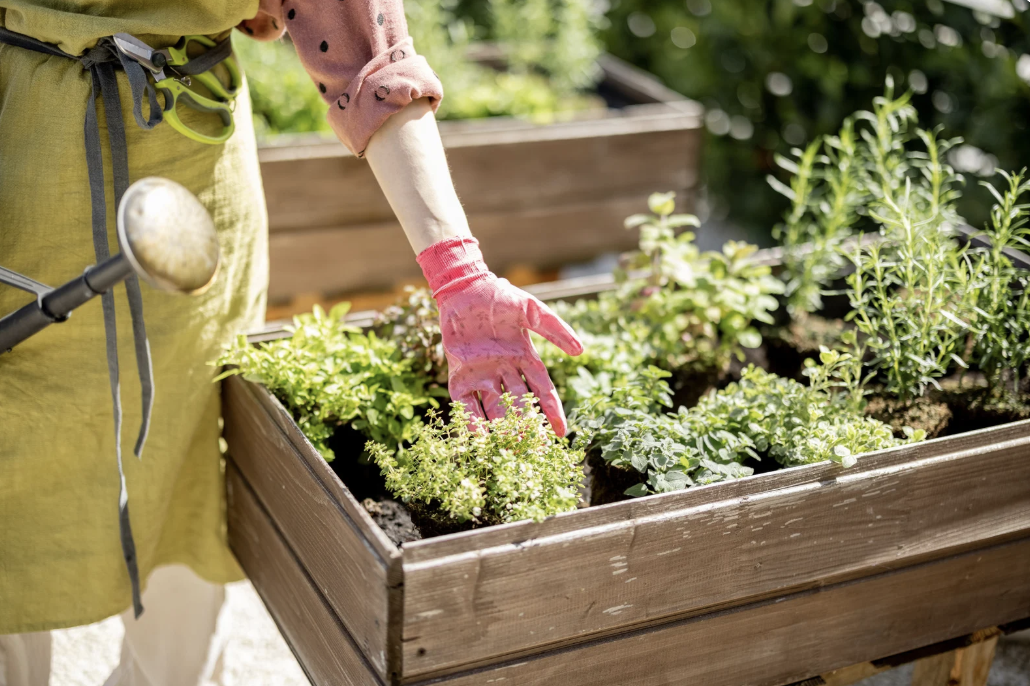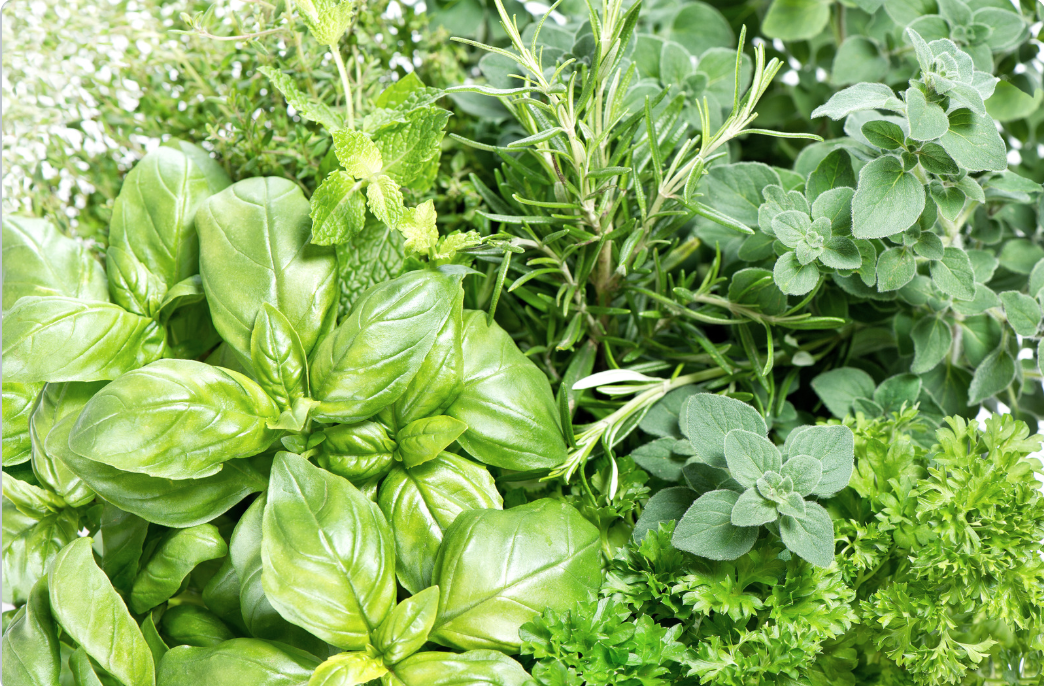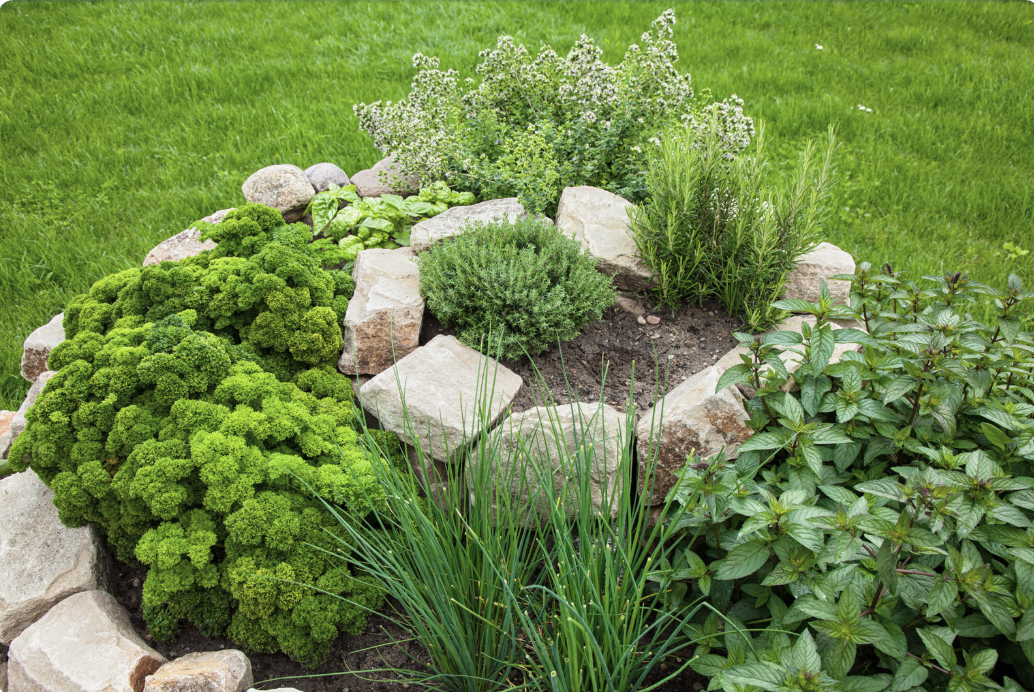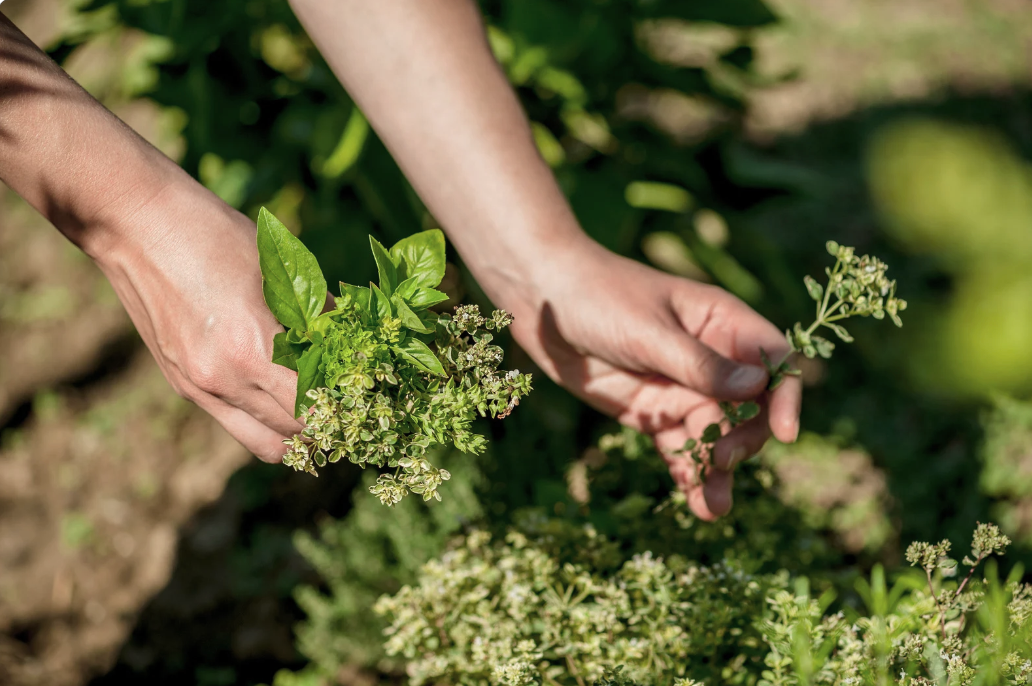Growing Medicinal Herbs for Anti-Inflammatory Use
Nature’s Medicine Chest
Did you know your backyard can double as your medicine chest? No white coat required!
With just a few well-chosen plants, you can grow your own natural pharmacy to soothe inflammation, boost resilience and add both flavor and healing power to your daily life. And the best part? These herbs aren’t exotic or hard to find — they’re the same aromatic greens you’d reach for in the kitchen, just appreciated for their therapeutic benefits too.
Why Grow Medicinal Herbs
Freshness matters. The moment you snip basil or peppermint from your garden, you’re getting the most potent dose of antioxidants, oils and healing compounds those plants have to offer. Store-bought herbs often travel long distances, losing some of their therapeutic punch along the way. By growing your own, you put fresher, more powerful tools for health at your fingertips — and you gain the satisfaction of knowing exactly how they were grown.
Top Anti-Inflammatory Choices
Not sure where to start? These 5 kitchen classics pull double duty as anti-inflammatory powerhouses:
Basil: Packed with antioxidants like eugenol that help protect cells from oxidative stress.
Rosemary: Improves circulation and offers carnosic acid, known for brain and joint support.
Peppermint: Soothes digestive inflammation and calms the gut.
Parsley: Rich in apigenin, a compound with detoxifying and anti-inflammatory properties.
Oregano: Immune-boosting, thanks to carvacrol and rosmarinic acid.
These herbs don’t just taste good — they’re tiny green supplements straight from the soil.
Every Day Uses that Make a Difference
It doesn’t take complicated recipes to put your just harvested herbs to work:
Teas: Peppermint for digestion, rosemary for circulation or a calming parsley infusion.
Infused Oils: Basil- or oregano-infused olive oil drizzled over roasted veggies or bread.
Culinary Staples: Fresh parsley chopped into salads, or rosemary tucked under roast chicken skin.
Simple Skin Soothers: Infuse peppermint or flowers like chamomile or calendula (if you’ve got them growing) into a balm for irritated skin.
The beauty of medicinal herbs is how seamlessly they slip into everyday routines.
A Taste of the Anti-Inflammatory Herb Spiral
Want to take your herb garden to the next level? Consider planting a spiral herb garden — a beautiful, space-saving design borrowed from permaculture. By stacking soil in a spiral mound, you create different microclimates: sunny and dry at the top, shady and moist at the bottom. This lets you grow your medicinal herbs and flowers in harmony — each in the spot they thrive best.
We’ll dig deeper into how to build your very own spiral herb garden in a future post, but for now - just imagine walking outside and harvesting your own anti-inflammatory “prescriptions” from a spiral-shaped work of living art.
Final Thoughts
Growing medicinal herbs isn’t about reinventing the wheel — it’s about rediscovering what’s already been at our fingertips for centuries. With a handful of everyday herbs, your backyard really can become your medicine chest, offering fresher, more potent and more flavorful ways to calm inflammation and support whole-body health.
Happy Gardening!






